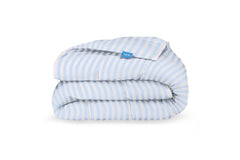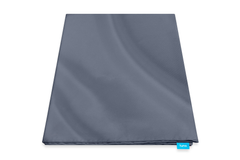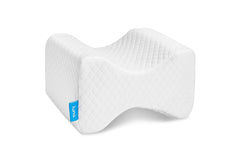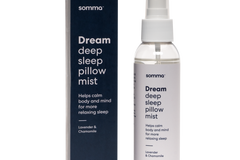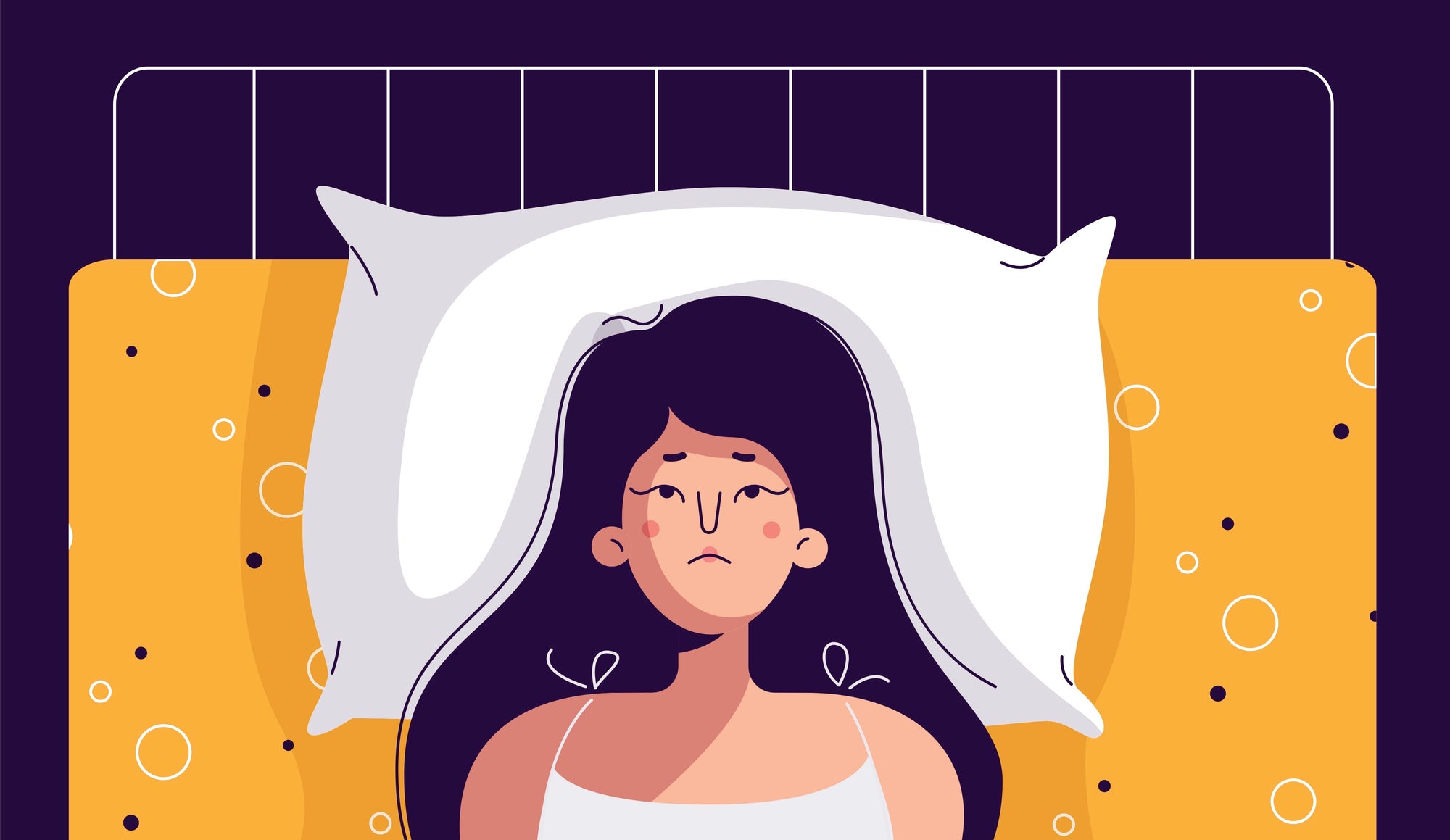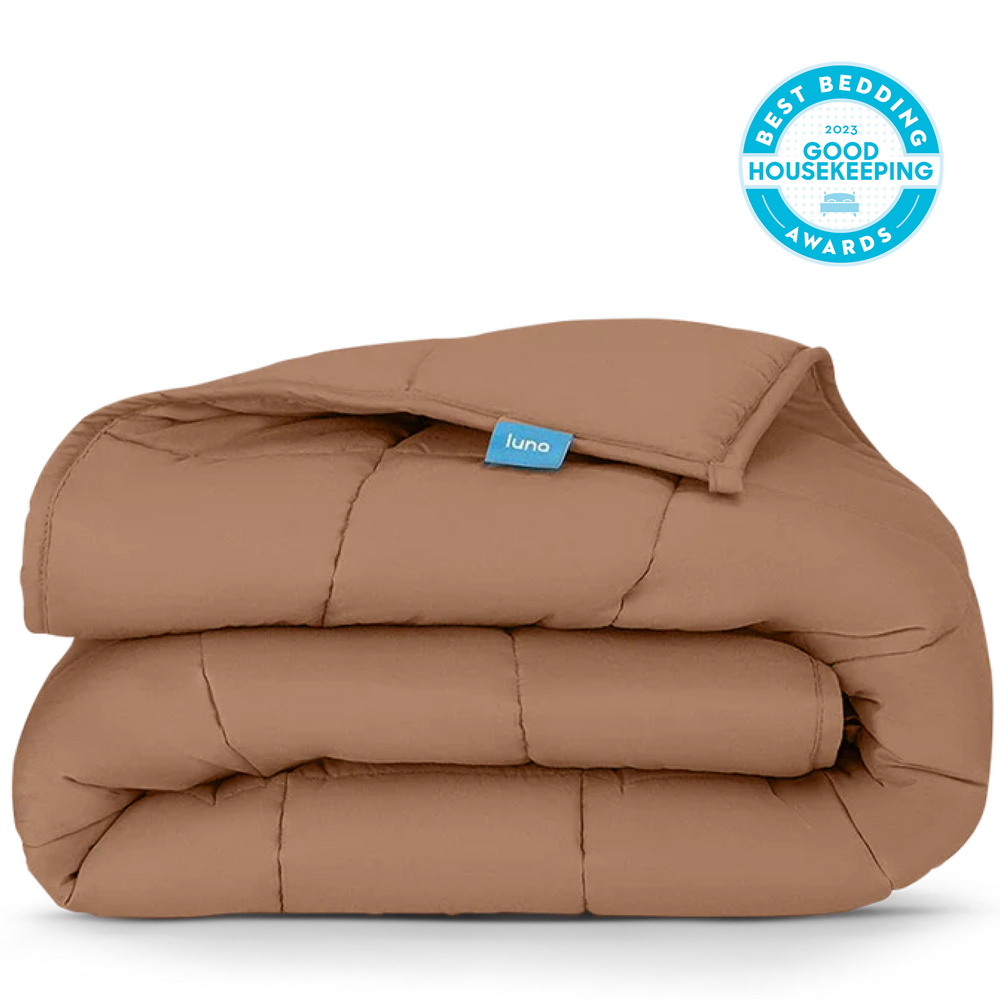Why Do I Twitch As I’m Falling Asleep?
At some point or another, we’ve all experienced that sensation of falling while we’re trying to fall asleep. While it can leave your heart pounding for a couple of seconds, it’s pretty much universal. Despite this, it can leave you wondering what causes these twitches—also called hypnic jerks—and how you can prevent them. Let’s get into it!
What are Hypnic Jerks (or twitching)?
Hypnogogic jerks (also known as sleep starts or hypnic jerks for short) are defined by healthcare professionals as brief contractions of the body that happen suddenly as you’re falling asleep. If you’ve ever dozed off and woken up in a jolt after feeling a falling or jumping sensation, you’ve experienced a hypnic jerk!
These sleep twitches can leave you feeling startled, but they’re quite normal - up to 70 percent of people experience these myoclonic jerks (or involuntary muscle twitches). Did you know that hiccups are also a form of myoclonus? Just like hiccups, hypnic jerks are not a serious disorder, but they are frustrating, so here are steps you can take to prevent them.
Why Do I Twitch While Falling Asleep?
1. Sleep Deprivation
If you’re sleep-deprived, chances are you experience hypnic jerks more than the average person. Why? During a normal night of sleep, we enter deep sleep in about 20-30 minutes. Right before this, your heart rate slows down, your body temperature decreases, and your body prepares for deep sleep, which is when your brain begins to produce delta waves (very slow brain waves) and you have no muscle activity or eye movement. During this period, our bodies are so relaxed, that hypnic jerks are very unlikely to happen.
However, if you’re lacking sleep, your brain can skip these initial stages, causing your body to get confused about whether you’re asleep or awake. This misinterpretation between body and mind can lead to hypnic jerks or sleep starts.
2. Anxiety and Stress
If you generally sleep well, you can still be experiencing anxiety or stress, which can contribute to hypnic jerks. This is because there’s another disconnect between your body and mind. If you’re feeling anxious, your brain is overthinking (and probably overworking!), but your body is tired and wants to sleep. This disconnect can cause your brain to misfire and increase twitches. Oftentimes, sleep deprivation can lead to anxiety and stress and vice versa, so make sure to take it easy during these periods.
3. Caffeine Too Close To Bedtime
If you tend to have coffee or caffeine-rich teas close to bedtime, you can experience these jerks as well. The increased caffeine can prove to be a hindrance in getting to that deep sleep because your brain thinks it should be awake when really you want to be asleep.
4. Exercising Too Late in the Day
Last but not least, exercising close to bedtime, especially if it's a high-intensity workout, can cause hypnic jerks. Again, this is due to the brain and body misinterpreting each other. Your body is filled with endorphins from working out, but your brain is tired after a long day. This disconnect can cause these involuntary twitches while your body and brain struggle to get into a deep sleep.
So How Do I Prevent Hypnic Jerks or Twitching in Sleep?
While there’s nothing to really worry about, hypnic jerks can be quite annoying, especially if they happen regularly. While it’s difficult to prevent them from happening ever again, there are steps you can take to make sure they don’t happen as often. The primary gist of our recommendations is to make sure that you maintain healthy sleep habits and your stress levels under control.
1. Optimize Your Nightly Routine
If you’re exercising late in the day, drinking a caffeinated beverage post-dinner, or watching an action movie right before bed, chances are you’re not setting yourself up for a successful snooze. Here are some examples:
- Try stretching before bed and save the cardio in the morning.
- Avoid caffeine 4-6 hours before bedtime.
- Wind down with dim lights, a book instead of the TV, and no blue light.
2. Make Stress Relief A Priority
Stress affects almost everyone, so it’s hard to say to avoid stress. But, there are ways that we can learn to manage our stress and keep those cortisol levels low. Remember, stress is only momentary (even if those moments seem to last forever), but you’ll still be standing. Give yourself a little extra grace and love, even when things are difficult.
If you begin to feel overwhelmed, take time to wind down. Here are some examples:
- Book a massage.
- Take a long stroll outside.
- Mediate or read before bed.
3. Try A Weighted Blanket
Weighted Blankets (we’re not biased!) are great for reducing stress and anxiety. Why? It’s science! DTP, or Deep Touch Pressure, is like a warm, familiar hug that increases serotonin (your happiness hormone) and melatonin (your sleepiness hormone), while reducing cortisol (your stress hormone).
Luna blankets are made with 100% polyester & microfiber made from recycled plastic bottles and micro glass beads, providing comfort and confidence in the materials you snuggle up with at bedtime. As for the exterior, Luna blankets are available in soft sherpa fleece, cozy cotton, and cooling bamboo.
Set Up A Sleep Routine
Do you tend to hop right into bed at night? If so, setting up a bedtime routine might help to prevent sleep starts. For a couple of nights, try ditching your phone about an hour before bed. Choose something relaxing to do, whether that’s reading a book, taking a bath, or listening to a podcast or calming music. When you’re feeling extra sleepy and calm, it’s time for bed. Shut your lights off, grab your Luna, and let your brain and body fall into a deep sleep.
